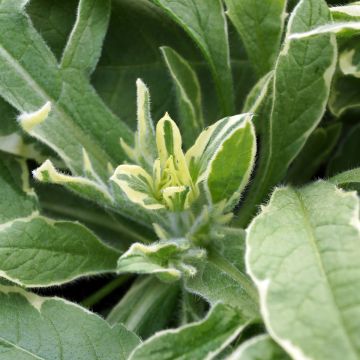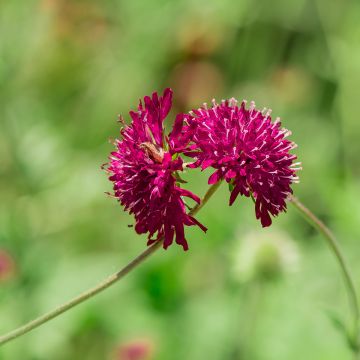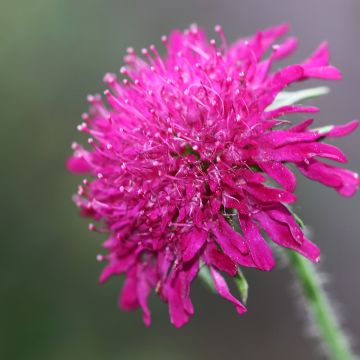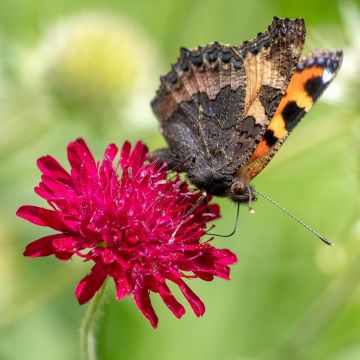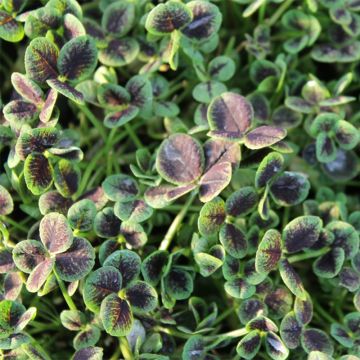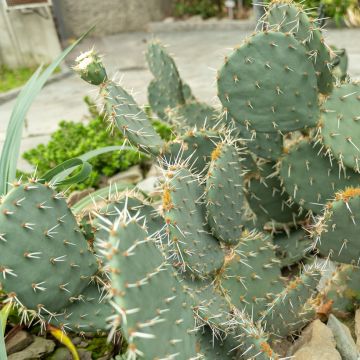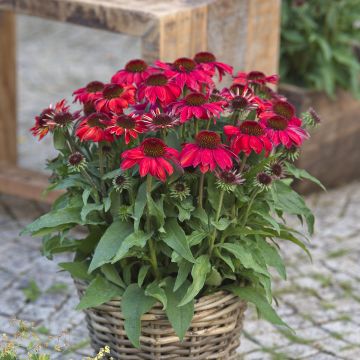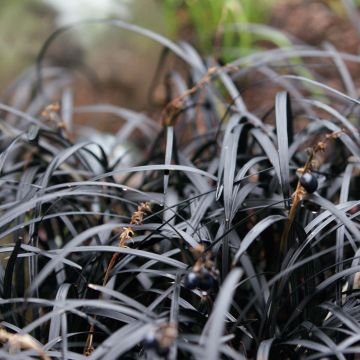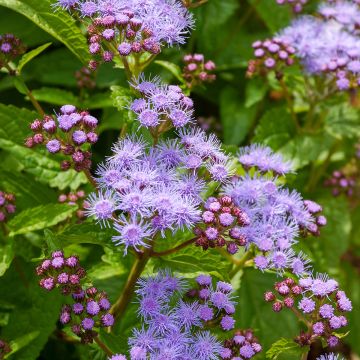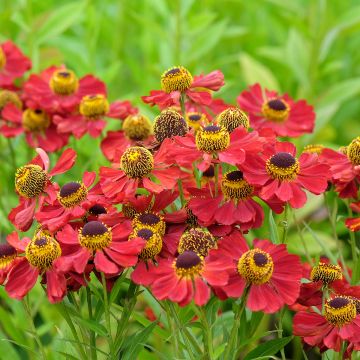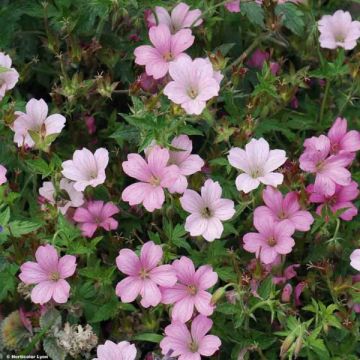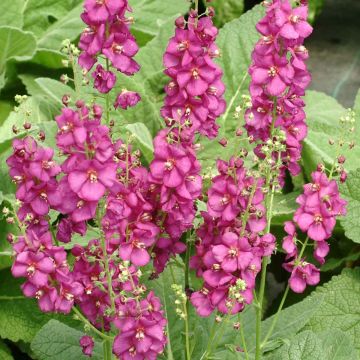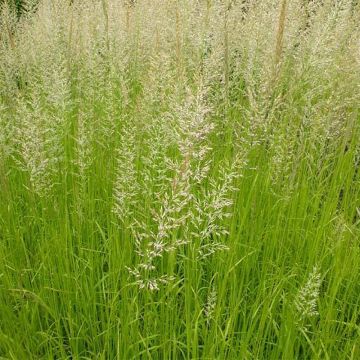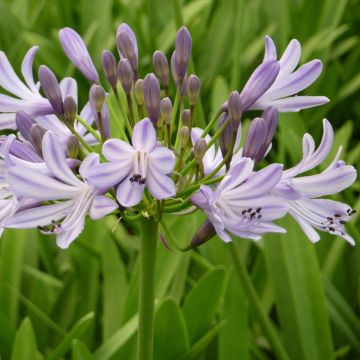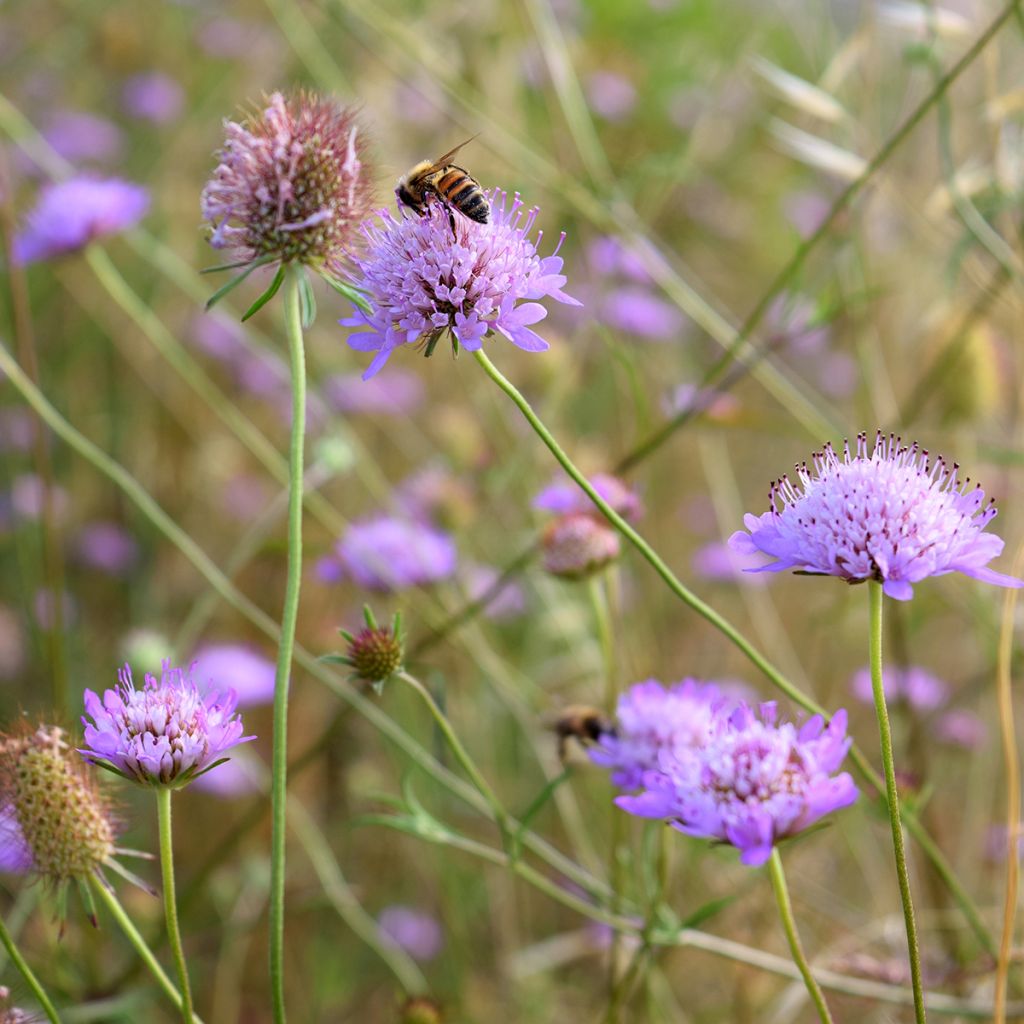

Knautia arvensis
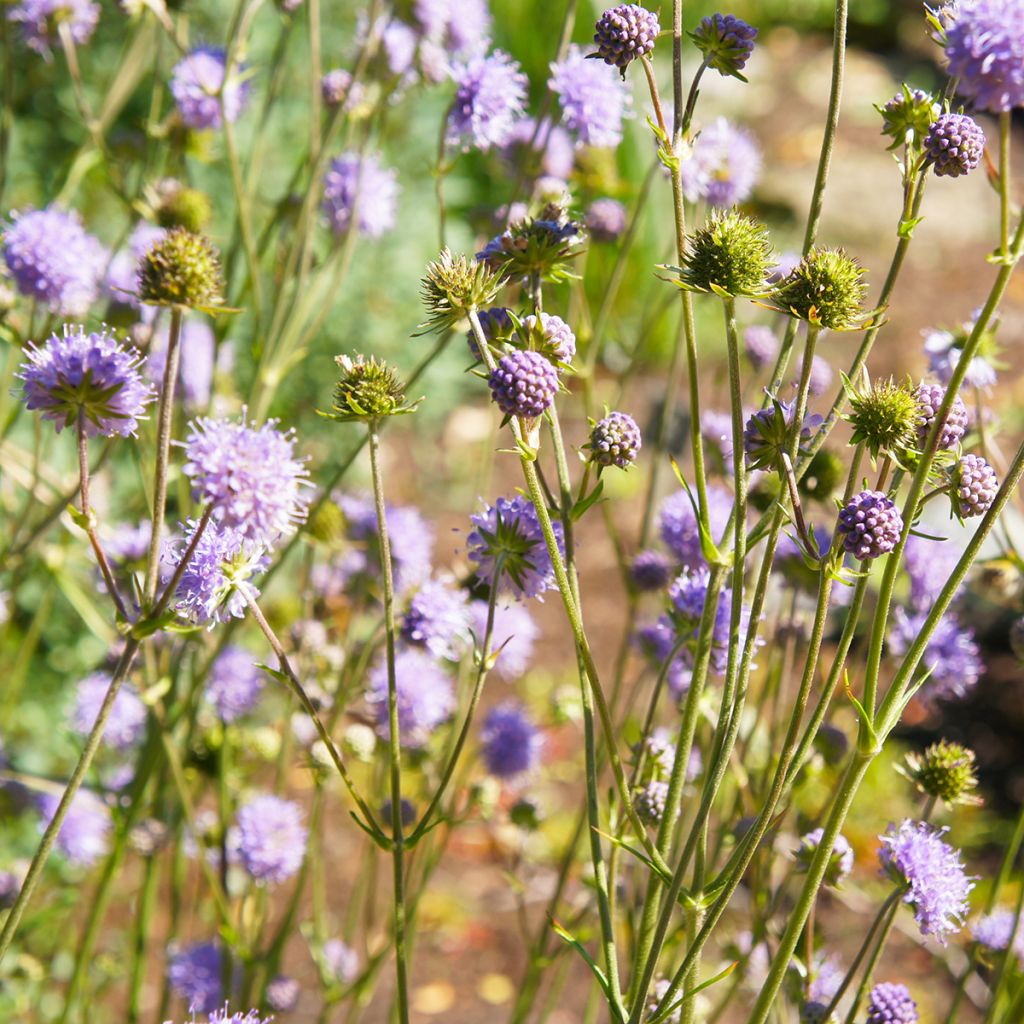

Knautia arvensis
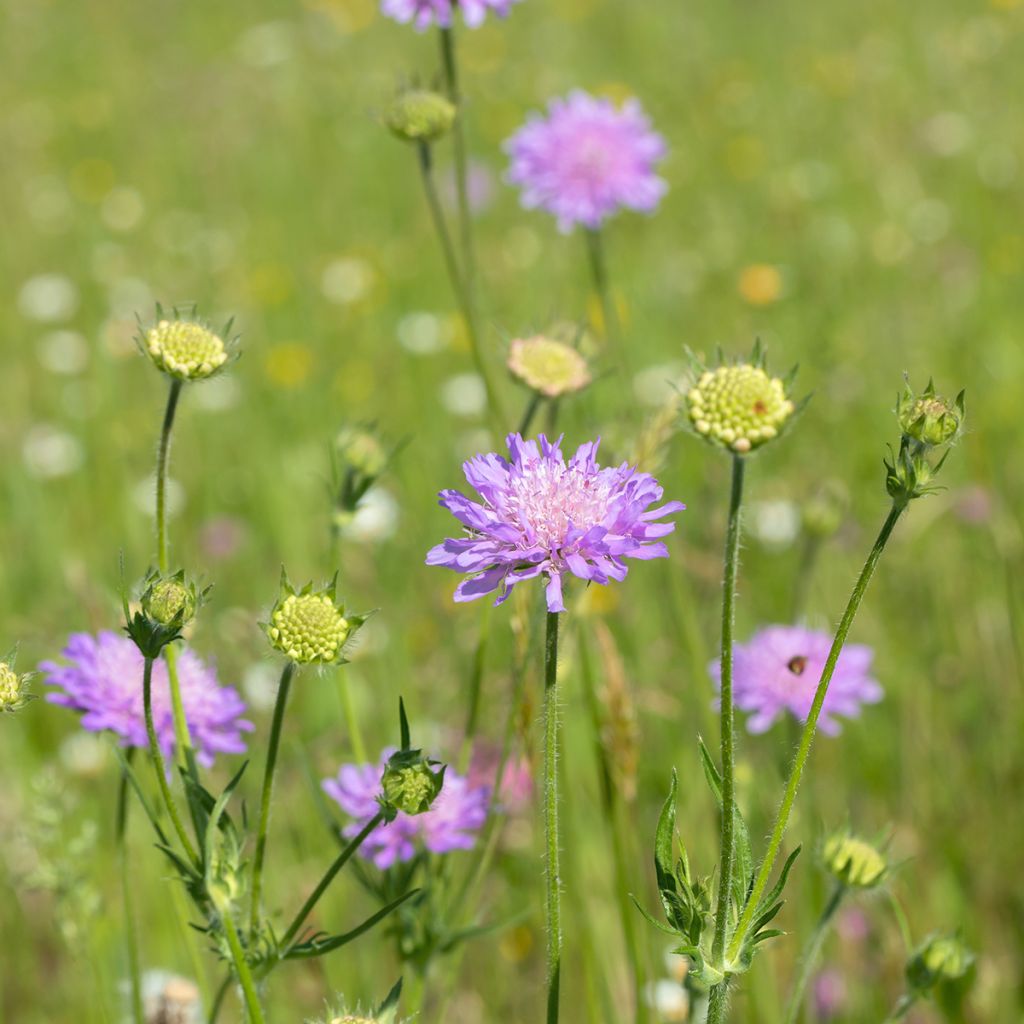

Knautia arvensis
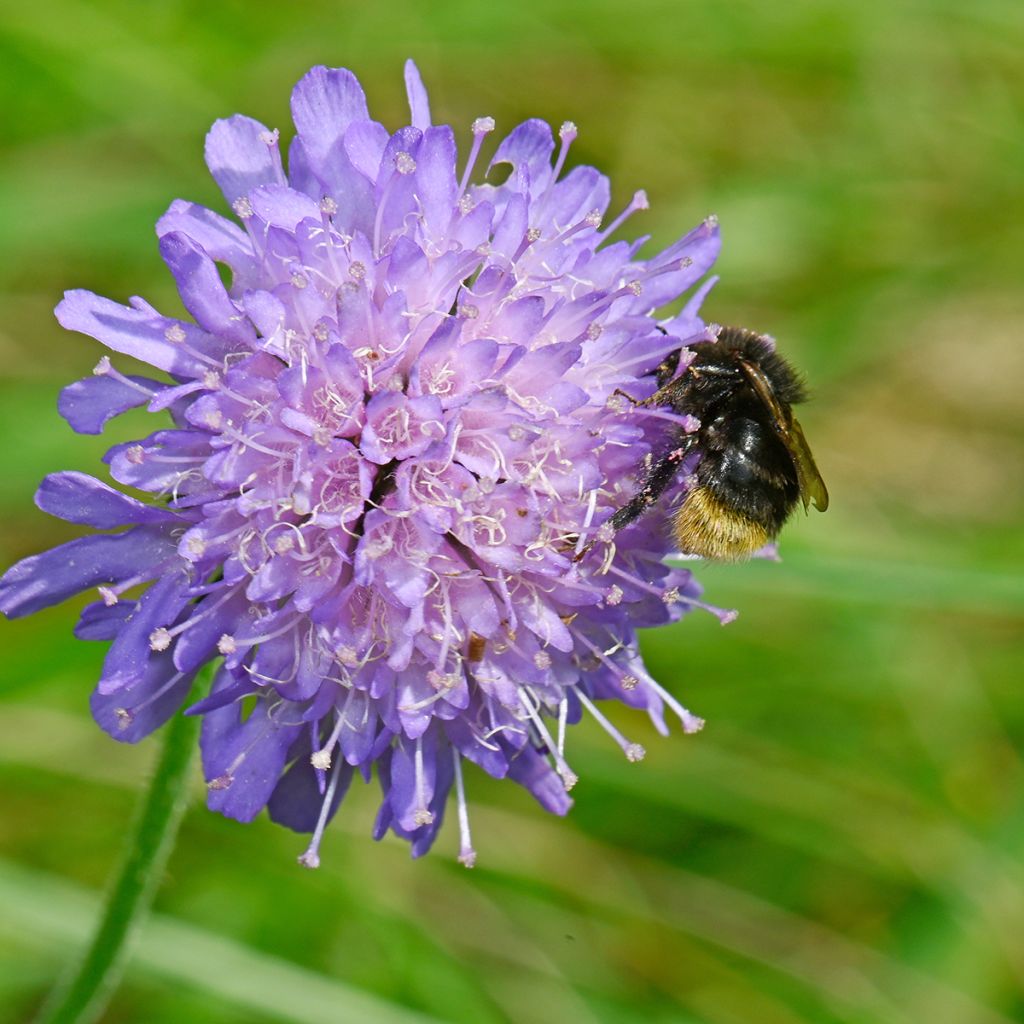

Knautia arvensis
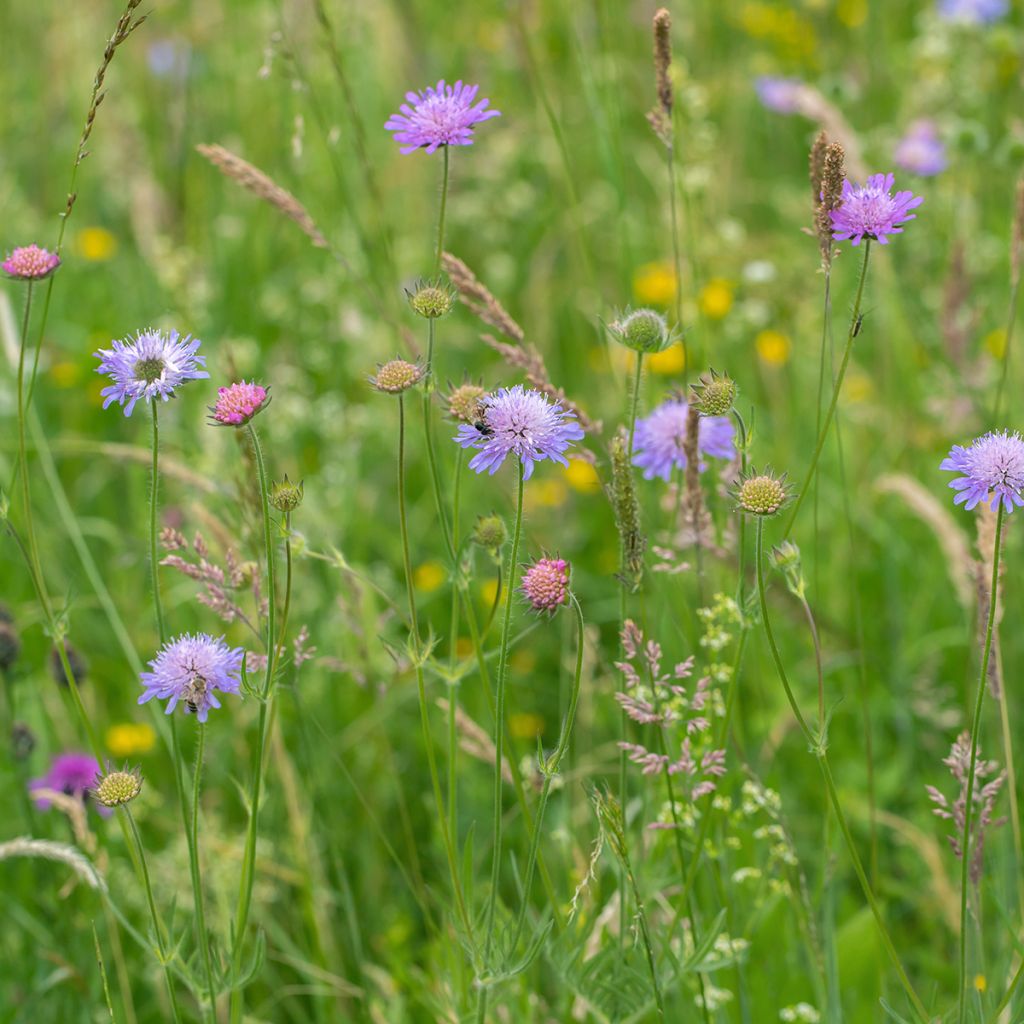

Knautia arvensis
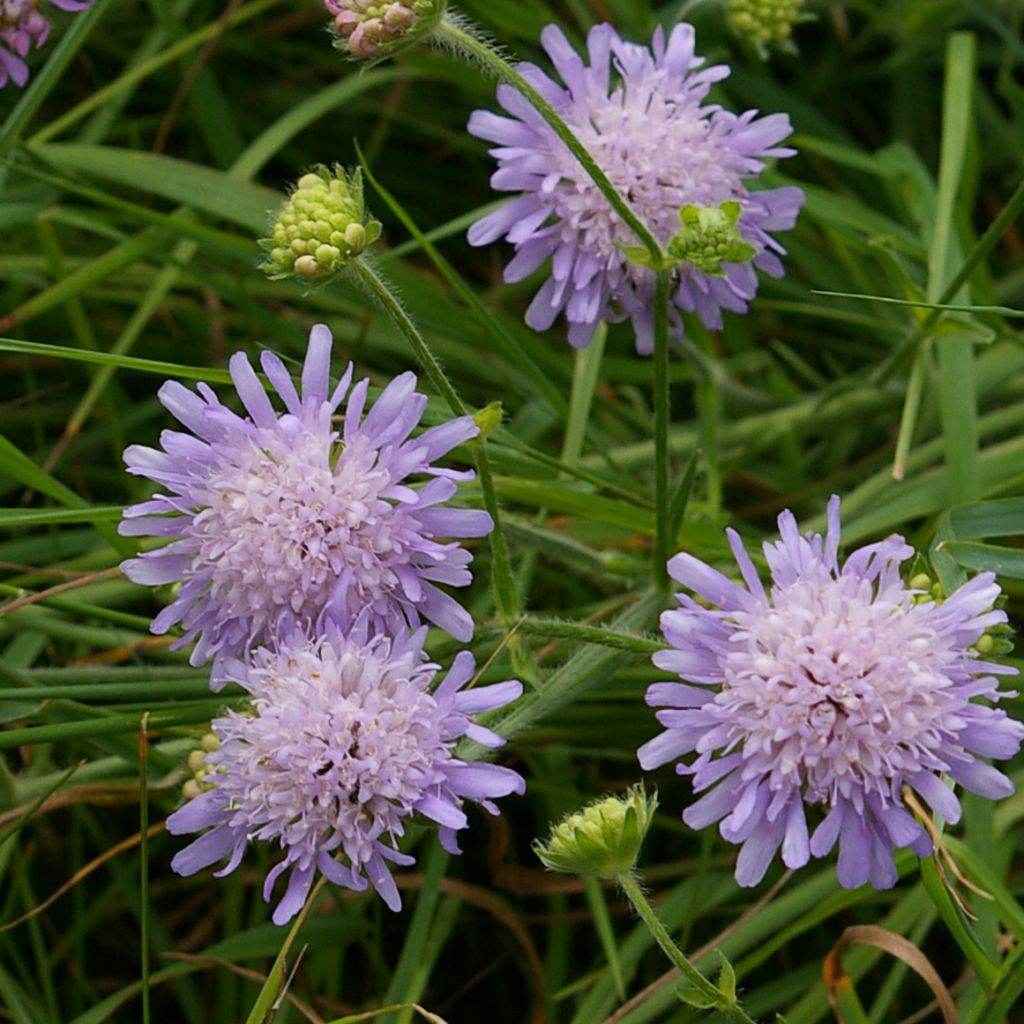

Knautia arvensis
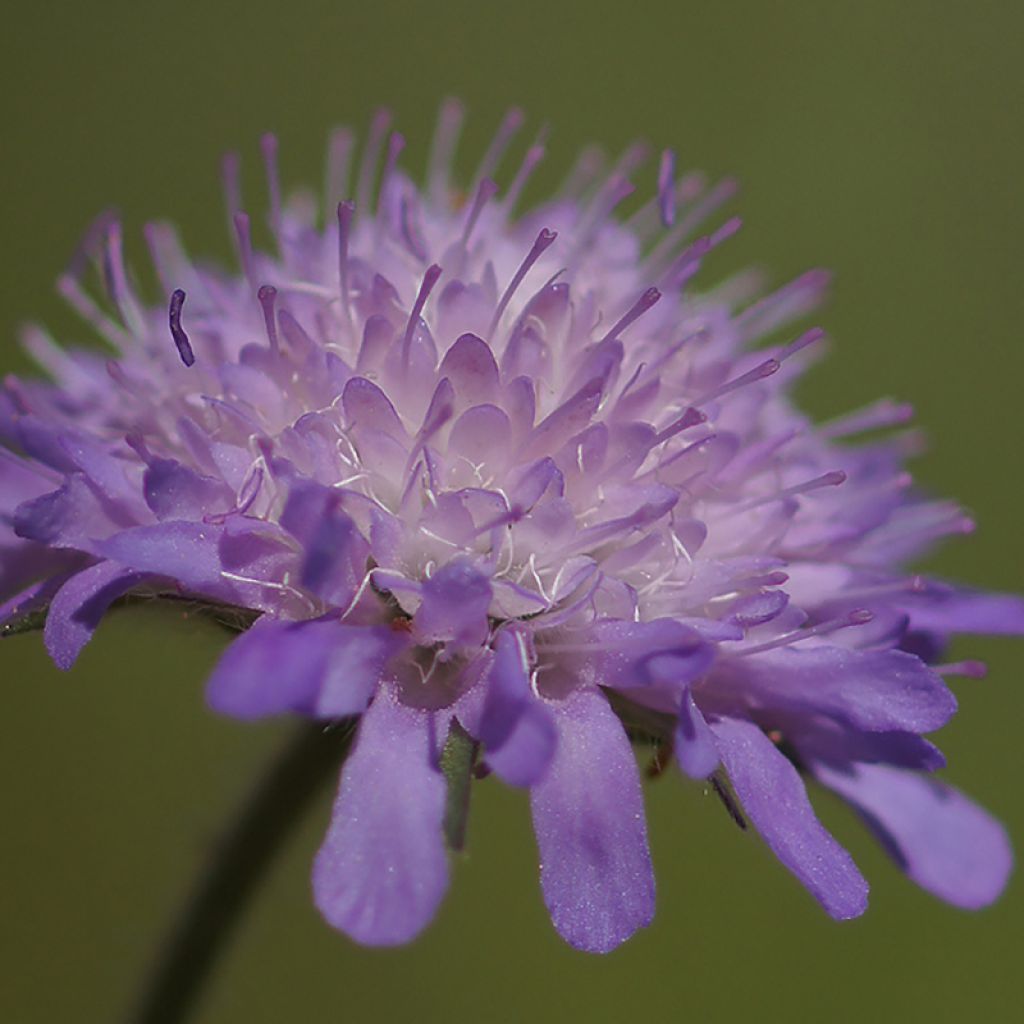

Knautia arvensis
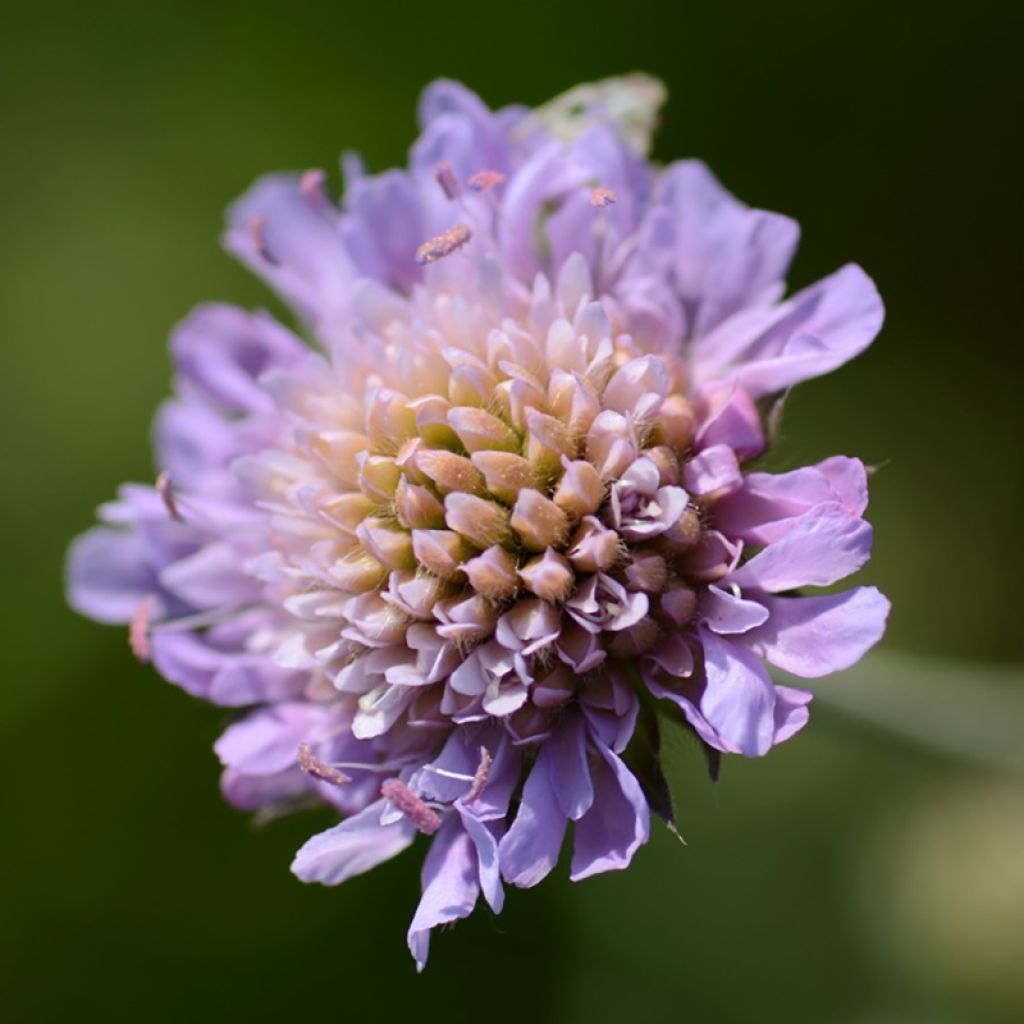

Knautia arvensis
Knautia arvensis
Knautia arvensis
Field Scabious
Emerging from the ground and already in bloom since mid-April
M-Odile, 16/05/2023
This item cannot be shipped to the selected country
Delivery charge from €5.90
More information
Schedule delivery date,
and select date in basket
This plant carries a 12 months recovery warranty
More information
We guarantee the quality of our plants for a full growing cycle, and will replace at our expense any plant that fails to recover under normal climatic and planting conditions.
From €5.90 for pickup delivery and €6.90 for home delivery
Express home delivery from €8.90.
Does this plant fit my garden?
Set up your Plantfit profile →
Description
Knautia arvensis, also known as field scabious, bears light lilac-blue fluffy flower heads. It is a tall perennial with a slightly loose habit but a light appearance, emerging from a basal rosette of greenish-grey leaves. It quickly establishes itself in the garden and self-seeds easily, but not excessively. Simple and hardy, it has retained the charm of wild plants. Perfect in a flower meadow or in a rustic border, in full sun or partial shade. It shows resistance to drought once established.
Knautia arvensis belongs to the Caprifoliaceae family. This plant is native to Europe, the Mediterranean, and the Caucasus. It has naturalised in certain regions of North America. In the wild, it often grows on limestone soils, in meadows or at the edge of woodlands. When in bloom, it forms an upright clump with a slightly loose habit, reaching a height of 80cm (32in) and a diameter of at least 40cm (16in). This perennial forms a basal rosette of hairy, greyish-green, persistent leaves, shaped like a lyre, from which numerous flexible, highly branched flowering stems emerge. The flowering occurs from June to September-October, depending on the climate. An established plant produces about 100 flower heads each summer. The stems are accompanied by a few simple, pinnatifid leaves and bear spherical heads of pale blue-purple small flowers, with a diameter of 2 to 4cm (1 to 2in), at their ends. The flowering is followed by the formation of highly decorative seed heads. Like all scabious plants, it is attractive to bees and provides nectar. It is a short-lived perennial, but it self-seeds easily in light soil.
In a flower meadow, among borders of more sophisticated perennial flowers, or in herbaceous borders, Knautia arvensis enhances all other plants with its small flowers that seem to be suspended in the air. Its slightly gangly habit requires the gardener to cultivate this plant among others that provide support, such as taller plants. It will benefit from being planted at the back of a border, leaning on shrubs like abelias, Kolkwitzia amabilis 'Pink Cloud', or gauras. Pair it with hybrid mulleins, 'Canon Went' toadflax, bright orange Californian poppies, or perennial grasses that it doesn't fear competition from. Another idea for pairing is with Aster turbinellus or Coreopsis 'Moonbeam'. Its delicate flowers are well-suited for country-style bouquets.
Report an error about the product description
Knautia arvensis in pictures
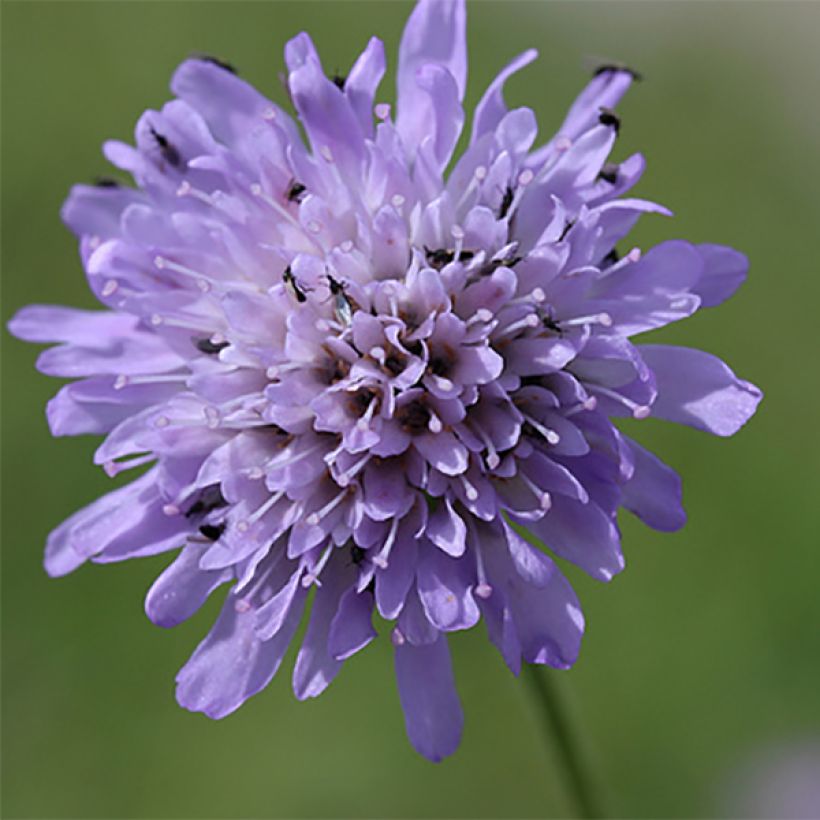

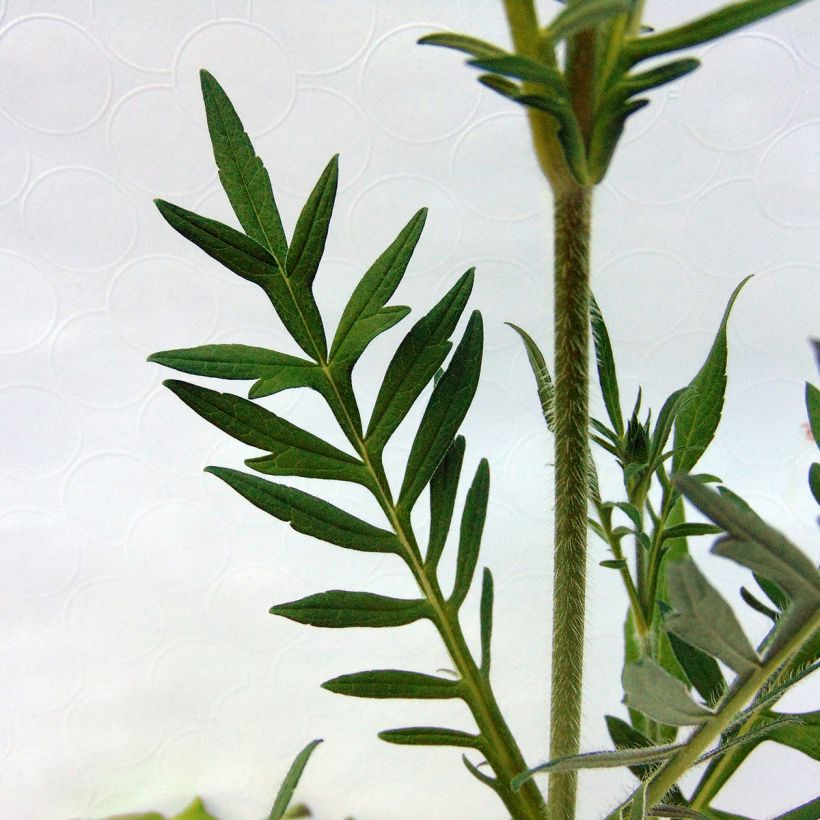



Flowering
Foliage
Plant habit
Botanical data
Knautia
arvensis
Dipsacaceae
Field Scabious
Northern Europe
Other Knautia
Planting and care
Knautias are tolerant of moist soil, even though they enjoy sun and are not afraid of occasional drought. In humus-bearing and rich soil, it may be useful to discreetly stake the clumps so that they do not collapse. This precaution is unnecessary in poor and dry soil, where its growth will be more limited. It will grow in all light, fairly rich but well-drained soils, even limestone. Plant in a warm, sunny to semi-shady exposure. It self-seeds in light soil, without excess.
Planting period
Intended location
Care
-
, onOrder confirmed
Reply from on Promesse de fleurs
Summer flowering perennials
Haven't found what you were looking for?
Hardiness is the lowest winter temperature a plant can endure without suffering serious damage or even dying. However, hardiness is affected by location (a sheltered area, such as a patio), protection (winter cover) and soil type (hardiness is improved by well-drained soil).

Photo Sharing Terms & Conditions
In order to encourage gardeners to interact and share their experiences, Promesse de fleurs offers various media enabling content to be uploaded onto its Site - in particular via the ‘Photo sharing’ module.
The User agrees to refrain from:
- Posting any content that is illegal, prejudicial, insulting, racist, inciteful to hatred, revisionist, contrary to public decency, that infringes on privacy or on the privacy rights of third parties, in particular the publicity rights of persons and goods, intellectual property rights, or the right to privacy.
- Submitting content on behalf of a third party;
- Impersonate the identity of a third party and/or publish any personal information about a third party;
In general, the User undertakes to refrain from any unethical behaviour.
All Content (in particular text, comments, files, images, photos, videos, creative works, etc.), which may be subject to property or intellectual property rights, image or other private rights, shall remain the property of the User, subject to the limited rights granted by the terms of the licence granted by Promesse de fleurs as stated below. Users are at liberty to publish or not to publish such Content on the Site, notably via the ‘Photo Sharing’ facility, and accept that this Content shall be made public and freely accessible, notably on the Internet.
Users further acknowledge, undertake to have ,and guarantee that they hold all necessary rights and permissions to publish such material on the Site, in particular with regard to the legislation in force pertaining to any privacy, property, intellectual property, image, or contractual rights, or rights of any other nature. By publishing such Content on the Site, Users acknowledge accepting full liability as publishers of the Content within the meaning of the law, and grant Promesse de fleurs, free of charge, an inclusive, worldwide licence for the said Content for the entire duration of its publication, including all reproduction, representation, up/downloading, displaying, performing, transmission, and storage rights.
Users also grant permission for their name to be linked to the Content and accept that this link may not always be made available.
By engaging in posting material, Users consent to their Content becoming automatically accessible on the Internet, in particular on other sites and/or blogs and/or web pages of the Promesse de fleurs site, including in particular social pages and the Promesse de fleurs catalogue.
Users may secure the removal of entrusted content free of charge by issuing a simple request via our contact form.
The flowering period indicated on our website applies to countries and regions located in USDA zone 8 (France, the United Kingdom, Ireland, the Netherlands, etc.)
It will vary according to where you live:
- In zones 9 to 10 (Italy, Spain, Greece, etc.), flowering will occur about 2 to 4 weeks earlier.
- In zones 6 to 7 (Germany, Poland, Slovenia, and lower mountainous regions), flowering will be delayed by 2 to 3 weeks.
- In zone 5 (Central Europe, Scandinavia), blooming will be delayed by 3 to 5 weeks.
In temperate climates, pruning of spring-flowering shrubs (forsythia, spireas, etc.) should be done just after flowering.
Pruning of summer-flowering shrubs (Indian Lilac, Perovskia, etc.) can be done in winter or spring.
In cold regions as well as with frost-sensitive plants, avoid pruning too early when severe frosts may still occur.
The planting period indicated on our website applies to countries and regions located in USDA zone 8 (France, United Kingdom, Ireland, Netherlands).
It will vary according to where you live:
- In Mediterranean zones (Marseille, Madrid, Milan, etc.), autumn and winter are the best planting periods.
- In continental zones (Strasbourg, Munich, Vienna, etc.), delay planting by 2 to 3 weeks in spring and bring it forward by 2 to 4 weeks in autumn.
- In mountainous regions (the Alps, Pyrenees, Carpathians, etc.), it is best to plant in late spring (May-June) or late summer (August-September).
The harvesting period indicated on our website applies to countries and regions in USDA zone 8 (France, England, Ireland, the Netherlands).
In colder areas (Scandinavia, Poland, Austria...) fruit and vegetable harvests are likely to be delayed by 3-4 weeks.
In warmer areas (Italy, Spain, Greece, etc.), harvesting will probably take place earlier, depending on weather conditions.
The sowing periods indicated on our website apply to countries and regions within USDA Zone 8 (France, UK, Ireland, Netherlands).
In colder areas (Scandinavia, Poland, Austria...), delay any outdoor sowing by 3-4 weeks, or sow under glass.
In warmer climes (Italy, Spain, Greece, etc.), bring outdoor sowing forward by a few weeks.

































